Digging Into Community Gardens: How they Work and How to Start One
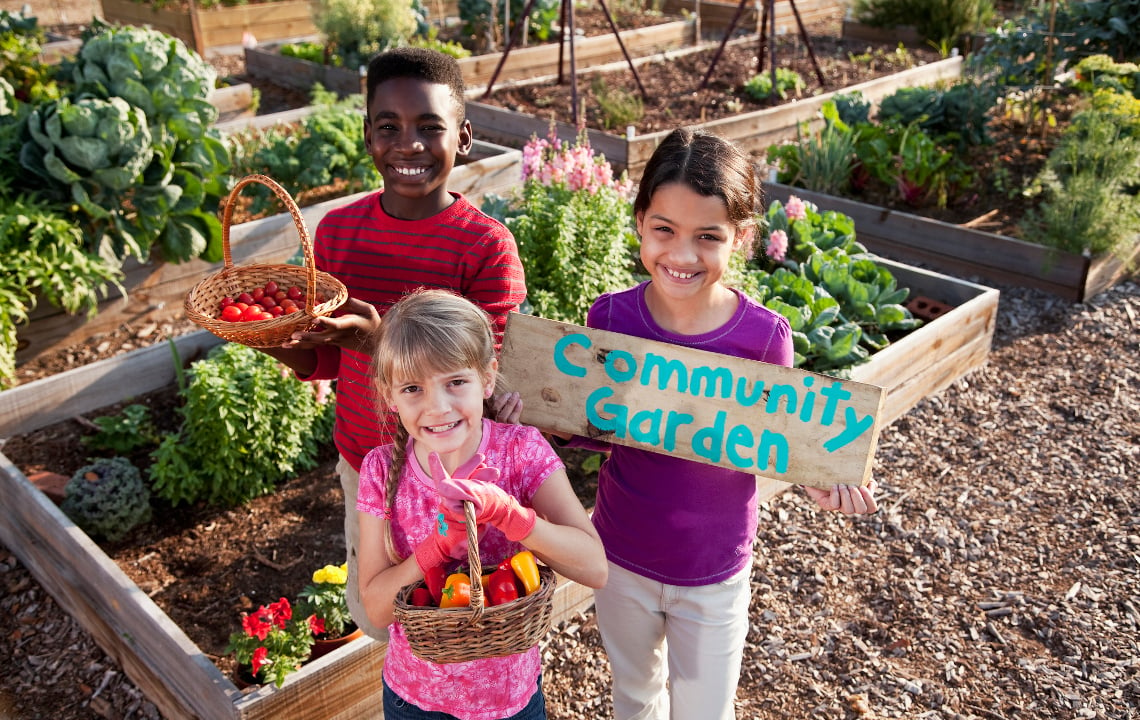
Are you interested in starting a community garden in your neighborhood this year? With a few tips and action items, you can do just that. Bringing your community together through food is doable and rewarding. In this article, experts share their advice and insight on what community gardens are, how they function and how you can start one where you live.
Community gardens have been around for decades.
Families and neighbors come together to grow food with the intention of sharing and eating nutritious produce. Together, they tend the land, sow the seeds and harvest from their gardens.
For years, this idea of sharing land and growing food has given rise to creative collaborations in communities all over the globe.
Seasoned gardeners and community garden organizers share more about how they are mobilizing community efforts to grow food in a way that supports the local community.
A Little Bit About Dig In! Yancey County Community Garden
Providing Yancey County, North Carolina, with fresh produce has always been at the core of Dig In!’s mission.
Beginning in 2010, a group of passionate individuals came together to start a soup kitchen. Their goal was to provide the soup kitchen with fresh produce. For various reasons, the kitchen soon shut down, but the project of coming together to grow quality food to give away took on a life of its own.

Dig In! has been located at several sites across the county throughout its ten years of operation. Despite this, the heart of Dig In! has always been about coming together to grow food.
Kavita Hardy, Dig In!’s Executive Director, says the organization has grown to support a few staff members, including Stephanie Bailey, Dig In!’s Community of Gardens Coordinator.
“We also have a dedicated group of volunteers that come in each week to support our efforts,” Kavita explains. “Once a week, we have 10 to 15 volunteers come for 3 hours to do several projects in the garden space. Tasks may include transplanting, weeding, mulching, trellising; the list goes on and on.”
The volunteers aren’t doing every piece of the garden because the organization’s scale is so large. But over the course of the growing season, the volunteers come to learn skills about how to grow and share food.
Dig In! focuses on three primary efforts:
- To Grow Food: Dig In! is affectionately known as a "Garden that Gives." All food grown for the harvest share comes from local family-style gardens and farms. Volunteers tend to the gardens using sustainable and regenerative agricultural practices. At its core, Dig In! grows high-quality, nutrient-rich food to help bridge the gap in food resiliency in Yancey County.
- To Share Food: Each week, Dig In! hosts a pop-up harvest share, better known as Harvest Tables. Locals are invited to come to pick up their harvest bags filled with fresh, local food. “Food for All” is something Dig In! prides itself on. All are welcome, regardless of income level, or level of need, respecting individuals and their dignity. In short, this initiative helps ensure everyone has access to fresh, local food and reduces food waste in farmer’s fields.
- To Educate Others, Together: Another significant component is education and increasing volunteer skill sets in the garden. Each week, volunteers come together for hands-on learning in the field. Several volunteers and participants will tell you that the learning opportunities have given them the confidence to begin their own journey toward food self-sufficiency.
What is a Community Garden
A community garden is one that is sown, tended to and harvested by multiple people within a community. Such a garden intends to feed local families, raise interest in healthy eating, help increase food sovereignty and spread knowledge about the practice of growing a home garden.
You might be asking, what does a community garden look like? According to Stephanie, community gardens are very much self-defined.
“You can have as many community gardens as you have communities,” Stephanie explains. “Every community garden decides for itself what its intent, purpose, organization, and leadership practices are. It’s a lot that goes into it.”
A Few Different Types of Community Gardens
There are many different styles of community gardens. Depending on the location and the individuals participating, the garden can and will develop a life of its own.
Below are a few examples of different types of community gardens:
Family Gardens: In most cases, a family garden is a designated space on a family land where various family members come together to grow their own food.
Typically, the food is distributed within the family. Dad and mom, aunt and uncle, grandpa and grandma and brother and sister are all members that might work in the family garden.
School Gardens: These gardens are usually spaces located on public or private school property. A school garden intends is to teach the students how to care for vegetables and flowers.
Many schools will use the food grown in these gardens to feed the children. Also, this can help teach students healthy eating habits, encourage trying new foods and learn important life skills.
Peace Gardens: Located in public parks, peace gardens are dedicated spaces for instilling peace within a community. At the heart, these types of gardens are meant to create a calm landscape where everyone is offered a place of quiet and tranquility.
Peace gardens may include vegetables, flowers, shrubs and anything that can be grown locally. Additional landscaping pieces like water fountains, birdhouses, and benches may be included.
Neighborhood Gardens: Neighborhood gardens are what most would consider community gardens. These are plots of land that are designated by individuals or groups of people that wish to grow food.
Ultimately, this food is meant to feed themselves and their community. Neighborhood gardens can take many different forms.
In rural areas, this might look like a sizeable in-ground garden at a specified location.
In more urban areas, gardens may grow in a space on church property or in raised beds on someone’s lawn. The idea is to create a sense of community and support those within that community.
Collaborative or Sister Gardens: Dig In! is an excellent example of a collaborative garden initiative.
This is the idea that gardens grown across a specific area --- whether in a county, a few counties, or even across a state- come together, offer food and distribute within the community at large.
For Dig In!, this looks like a collaboration between small to medium size gardens in Yancey and surrounding counties. In addition, Dig In! partners with local organizations such as TRACTOR and local churches to accomplish their goals.
In a nutshell, collaborative or sister gardens are those that grow beyond one location.
Flower Cutting Gardens: Community gardens can branch out beyond growing food. Take, for example a flower-cutting garden. This is a space where beautiful flowers are grown, and the community is invited to cut and create bouquets. The intent behind a garden such as this could be to instill joy and happiness within the community.
“The idea that you are coming together to grow food, learn from each other, and share in the joy of that space, that’s at the heart of a community garden no matter its arrangement,” says Kavita.

Rural Community Gardens: A Long-Held, But Often Lost, Tradition in Appalachia
Growing food for others is not a new practice by any stretch of the imagination.
During war times, people were advised to grow Victory Gardens to aid in feeding the military, as well as the local population. This was a way for community members to give back and support themselves and their neighbors.
For generations, giving from the garden was a way of life. During the holidays, it was a normal practice to gift family and friends canned goods, fresh produce or a dozen eggs.
Times were more simple then.
Today, community gardens such as Dig In! continue this long-held tradition and are often labeled as “Gardens that Give.” Thanks to the recent pandemic, communities are turning back time and revisiting these skills and traditions.
“Here in Yancey County, you drive down our roads, and they are dotted with corn and potato fields, kitchen gardens and small neighborhood gardens,” Kavita explains. “This practice of growing food and sharing it with neighbors or the community isn’t something we have invented. It has a long tradition here in Appalachia. This practice of sharing is crucial to the area's resiliency over the last several hundred years.”
With the rise of food shortages and inflation, there are widespread concerns about food scarcity. Community gardens are spaces that tend to break that belief by empowering people to work towards the exact opposite.
The idea is to instill a belief in abundance. Abundance in food and neighborliness.
Stephanie believes every community has untapped potential for how members can support one another.
“Even in these places with a deep history of taking care of one another, we can’t deny that we’ve gone down a path of hyper-individualization,” she shares. “Sometimes, it is a culture of neighborliness here in our small town.”
In some places, a nudge is needed to reinvite that tradition of a neighborly mindset.
“It isn’t difficult,” says Stephanie. “It’s about inviting it back into relationship and recommitting to that ethos of, ‘we are here to take care of one another.’”
For Dig In!, the goal is to build on the culture that already exists in the area and increase the distribution and impact of the community because only some have access to land for growing their own food.

Questions to Ask Before Starting a Community Garden
Starting and running a community garden takes time and resources.
In the beginning stages, a layered planning process is essential. Preparing your plans beforehand is beneficial to the success of the community garden.
Below are a few questions to ask yourself before starting a community garden:
Question 1: What is the intent and purpose of the community garden?
What are you doing with the food? Will the participants take a piece of the harvest, or is all the food being distributed within the community?
What type of garden is this? Neighborhood, school, peace, flower or something else?
A well-defined purpose, or mission statement, will help drive your efforts as your community garden comes to fruition. It also is a way of keeping all participants working towards a clear goal.
Question 2: Who is on the leadership team? and Who are your Gardening Volunteers?
How are you delegating tasks and who is responsible for each? Depending on the size and intent of the garden, roles may vary. If this is a simple family garden, delegation may just include parents and children taking on specific tasks. If this is a community-wide effort, you might consider delegating roles.
A few examples of roles may include:
- Director: Someone who directs all aspects of the garden.
- Volunteer Manager: If you plan to offer volunteer opportunities to the community, it may be helpful to have someone overseeing these individuals.
- Garden Planner: Someone that plans and maps out the garden space. They decide where to plant and research gardening techniques.
- Community Outreach: Someone that reaches out to organizations in the area to partner with. Or simply reaches out to the community to raise awareness about the garden.
- Water Coordinator: Someone who coordinates volunteers responsible for regular watering. This person might also research and budget for an irrigation system.
question 3: What is the land like?
Where will your garden be? How will you share the land between participants? Will each individual receive a plot or will everyone partake from the entire space?
Also, consider your growing zone. A garden in zone 6 will provide a different growing season than in zone 9. Research this and draw out a map that makes the best use of your land.
Other considerations include soil type, gardening tools and equipment storage, and how you plan to clean the land after the growing season.
question 4: what design will your community garden take?
Will the garden be fully in-ground? Will you be building raised beds? Or a combination of both? What are the needs of the garden as a whole, and what materials do you need to create your vision?
Mapping is a helpful task for designing the garden you envision. This is an excellent activity to do before sowing seeds.

Starting a Community Garden - A Few Tips
Kerrina Zehnder was an active participant in a community garden located in Washington State. She had rented an apartment but could not garden beyond the containers on her balcony.
“In March of 2022, I started looking for local community gardens to join,” she explains. “I found the Grant Park Community Garden on social media and applied for a few raised beds there. It was very easy to get set up because the group had all of their processes through email and Google Docs.”
After joining, Kerrina says the best part about a community garden is the people. “We had many people that had gardened before,” she says. “If I didn’t know something, I could always ask for the group’s recommendations.”
Kerrina offered several tips to help others succeed within a community garden:
- Gather interested people and delegate necessary tasks.
- Locate the land you wish to garden on.
- Will your garden be in-ground, raised beds, or a mixture of both?
- Set a budget and do some local outreach in hopes of gathering organizational support for needed items such as soil, lumber and irrigation systems.
- Utilize free online tools such as Google Docs, Facebook groups and email. These applications can be helpful to for tracking money and getting in contact with the entire group.
- Gather necessary resources such as tools and seeds.
- Write down and share the garden rules with everyone. For example, if the garden is meant to be fully organic, what fertilizers are allowed and what are not? Answer those questions before accepting gardeners in your space.
Utilize Community Garden Methods
According to Kavita, about one-third of all produce grown in America is left in the fields during harvest. Usually, this is due to labor shortages or inefficient equipment. One way that Dig In! is helping to alleviate this issue is through a process called gleaning.
Gleaning is the process of going into a farmer’s field and getting the produce that was left behind at harvest. Most likely, the produce is fine but might have blemishes that are not suitable for selling at market.
This is a method that community garden growers can consider. Partnering with local farmers to distribute unwanted or missed food to the community is a way of growing local partnerships.
The Benefits of Community Gardens Go Well Beyond Food
“Community gardens aren’t just about the food,” says Stephanie. “Nourishment goes well beyond eating food. It’s not just the vitamins, it’s not just about what is in the food. The whole process around the food and the relationships that get that food to the table.”
Although the intent of a community garden is to grow and distribute food, there are many benefits beyond the day-to-day of tending and working the land. These benefits include relationships created, nutritious local foods, a positive community impact, sharing life skills with others and giving back to the community.

Success Stories from the Garden
Every season, Dig In! surveys participants of the harvest share. Kavita was personally moved by a pregnant woman that anonymously shared her story.
“A woman spoke to how at the time, she was seven months pregnant,” Kavita shares. “Because of the recent pandemic, her family had lost income. The produce we were handing out each week was critical for her to care for her body well. She was able to feed herself and offer her growing baby quality nutrition. Because of the community, the gardens, the farmers, everyone, we were all a part of that. It is an honor and a blessing.”
A benefit for volunteers at Dig In! gardens is the skill sets acquired from working in the field.
A woman in her late 70s had been offering her time to the garden for the last seven years. Thanks to the knowledge and skills gained from her volunteering, she recently started growing food on her own land.
“Her story is so beautiful,” Kavita smiles. “She came here to give back, but through that, she gained the knowledge and confidence to start growing her own food. Every week she comes with questions about gardening. We love having individuals like her.”
Resources to Help You Start a Community Garden
According to Kerrina, you don’t need to know everything to start a community garden. “It’s a safe space to learn,” she says, “because you aren’t expected to be a master gardener right out of the gate. Create relationships with the people in the group, lean on them and you’ll do just fine.”
Further reading to support your gardening efforts:
How to Start Your Own Multi-Family Compound
5 Ways to Maximize Your Gardening Potential
Must Have Tools, Toys and Tractors for Rural Acreage
To learn more about Dig In! Yancey Community Garden, visit the link here.
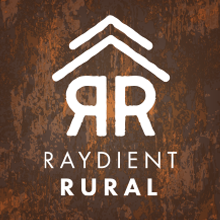
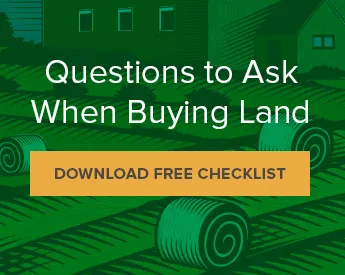






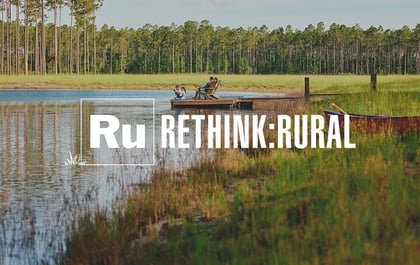
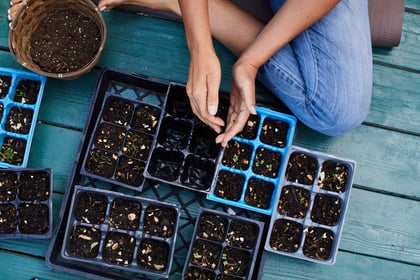
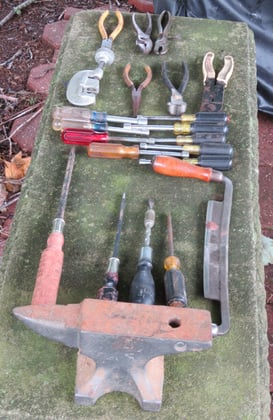

Your email address will not be published. Required fields are marked*